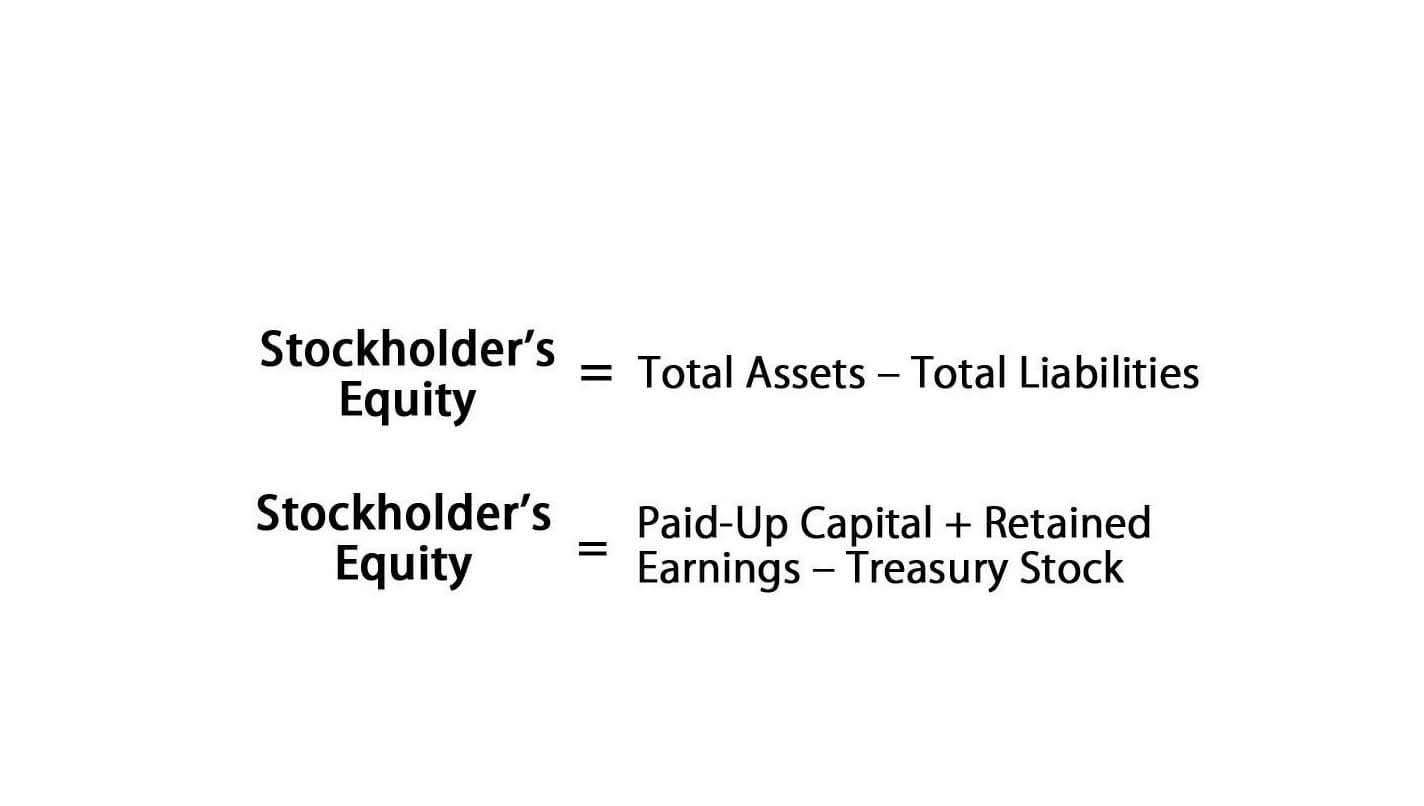Profit and Loss Formula, Definition, Calculation, Examples

The formulas mostly find application in business and financial dealings. Profit and loss as a percentage is usually a measure to illustrate how much profit or loss a trader incurred from any deal. The cost price what is the equation used to calculate profit and loss? and selling price of the goods must be known in order to compute profit and loss.
Profit and Loss Percentage
- Profit is the amount made by the seller when a product is sold for more than its cost, while a loss is incurred by the seller when a product is sold for less than its cost.
- A product is said to have a loss when its cost exceeds its selling price.
- And the percentage loss is the loss as a percentage of the actual cost price.
- Students can follow these solution sets to understand the correct approach to answer the questions appropriately.
- Here we will also learn about the marked-up price and discount.
This is the price at which the product will be offered for sale. However, there may be a discount applied to this price, and the product’s actual sale price may be lower than the marked price. The selling price is the price at which a shopkeeper sells a product or service to a consumer. The cost price is the price at which a merchant or retailer buys or has bought goods. Actual cost, last cost, average cost, and net realisable value are all forms of cost prices.
Loss Formula

The profit and loss statement—or “P&L Statement”—is one of the three core financial statements that publicly traded companies are obligated to file with the SEC. The price for which you buy an article is its cost price, and the price for which you sell an article is its selling price. The price at which an article is purchased is called its cost price. For example, if Neil bought an umbrella for $8, this is the cost price of the umbrella. Profit percentage (%) represents the amount of profit as a percentage of the total. Because this profit is proportional to the cost price, the profit Percentage Formula is based on Profit and C.P.
- Profit is defined as the amount gained by selling a product that is more than the product’s cost price.
- Let’s consider an example for better understanding of the formula.
- The rebate or the offer given by the shopkeepers to lure the customers is called a discount.
- 3) The shopkeeper purchases the pen for Rs. 80 and he sells it to the student for Rs.70.
- The learning outcome of this article is how profit and loss formulas are used to calculate the money made/ profit or loss that has been made by selling a particular product.
- We provide high-quality math worksheets for more than 10 million teachers and homeschoolers every year.
Is a Loan a Debit or Credit? An Accounting Answer
So by selling the book to the student the shopkeeper obtains a profit of Rs. 25. So the percentage discount obtained by the student after purchasing the book is 12.5%. A discount is a refund or a deal made by a shopkeeper to entice consumers to buy something.

Distance Formula Math Activities

Costs and selling prices are crucial components in determining a company’s profitability. If a company’s selling price is lower than its cost price, it will experience a loss. A business is considered profitable if the selling price exceeds the cost price. Profit and Loss calculations are used in mathematics to determine the price of a commodity in the market and understand how profitable a business is. Based on the values of those prices, we can calculate the profit earned or the loss incurred for a specific product. The terms profit and loss are used to specify whether a transaction is profitable or not.
- Therefore the cost price of 10 notebooks is Rs.555 and the student has a loss of Rs. 55 after selling 10 notebooks.
- Decide whether there was a profit made or losses incurred in each of the transactions listed below.
- Based on the values of those prices, we can calculate the profit earned or the loss incurred for a specific product.
- Profit and loss is one of the basic concepts in Mathematics that will be helpful throughout life.
These prices are Cost Price, Selling Price, and Marked Price which are abbreviated as C.P., S.P., and M.P., respectively. So the percentage loss obtained by the shopkeeper is 12.5%. So by selling the pen to the student the shopkeeper ends up with a loss of Rs. 10. So the percentage profit obtained by the shopkeeper How to Invoice as a Freelancer is 25%.

Here, in this article, we will discuss profit as well as loss concepts along with tricks to solve problems based on it. Profit signifies a financial gain that occurs when revenue surpasses expenses. Conversely, a loss indicates a financial deficit where expenses exceed revenue. These outcomes reflect a business’s operations over a specific accounting period (e.g., Online Accounting month, quarter, or year). Distinguishing between profit and loss is foundational for evaluating whether a business is growing or facing financial challenges. Decide whether there was a profit made or losses incurred in each of the transactions listed below.
